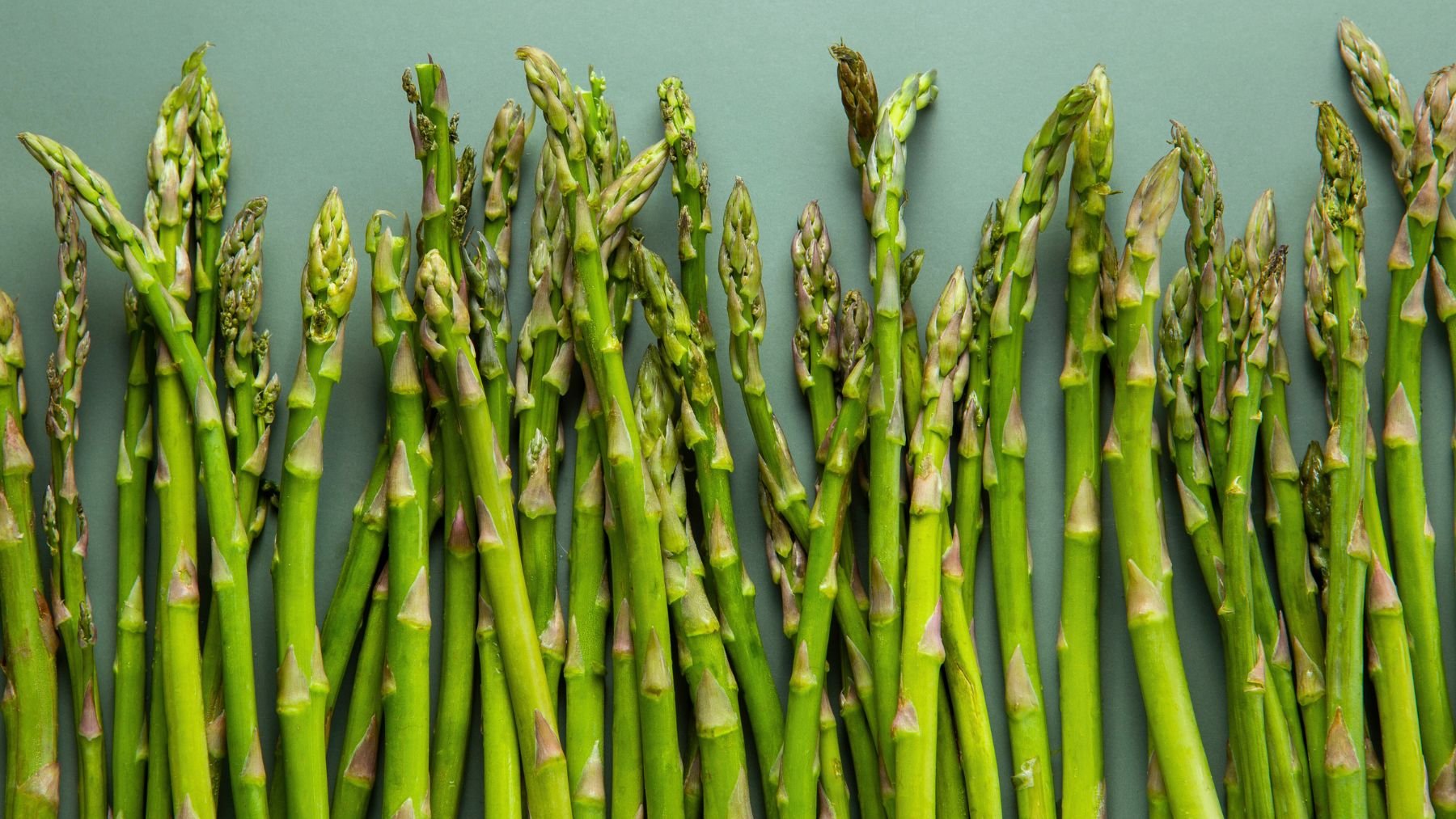Asparagus is one of those vegetables that looks clean at first glance but can hide dirt, grit, and even pesticide residue in its stalks and tips. Simply rinsing it under running water often isn’t enough to make it safe to eat raw or cooked.
If you want to enjoy asparagus without worrying about germs or leftover chemicals, there’s a right way to wash it. Here, we’ll cover the proper method to clean asparagus thoroughly and share some tips on how to store it so it stays fresh for longer.
How to wash asparagus properly
Asparagus grows close to the soil, which means the stalks and spear tips can trap dirt, small insects, and residues. To clean it well, you’ll want to use cool running water and a little extra attention. Hold the stalks under the tap, letting the water flow down from the tips. Rub them gently with your fingers to dislodge any grit or surface residue.
For a deeper clean, fill a large bowl with cold water and swish the asparagus around. This helps loosen particles lodged in the tightly packed tips. After soaking for a few minutes, rinse each stalk again under running water. If you suspect pesticide residue, you can also soak the spears briefly in a natural wash made from one part vinegar to three parts water before rinsing them thoroughly.
Once clean, snap off the tough woody ends of the stalks. These aren’t just fibrous and hard to chew—they also tend to collect more dirt. By removing them, you get cleaner, more tender asparagus that are ready to cook or eat raw.
Tips for storing asparagus after washing
Once your asparagus are clean, proper storage allows you to keep them fresh and crisp. Here are some simple ways to preserve it at home:
- Trim and hydrate: Cut a small slice off the bottom of the stalks and place them upright in a jar with an inch of water, similar to how you’d keep fresh herbs. Cover the tops loosely with a plastic bag and refrigerate.
- Wrap in a damp cloth: If your space is limited, wrap the stalks in a slightly damp kitchen towel, then store them in a perforated plastic bag in the crisper drawer. This helps maintain moisture without trapping too much humidity.
- Don’t wash too early: If you’re not cooking asparagus right away, wait to wash it until just before use. Storing it wet can speed up spoilage and lead to limp spears.
- Use within days: Even with the best storage methods, asparagus tastes best when eaten within three to four days of purchase. After that, it begins to lose flavor and texture.
By combining a proper wash with smart storage, you ensure your asparagus is both safe and enjoyable. Washing it under running water, soaking to remove grit, and trimming off the ends get rid of germs and pesticides effectively. Storing it upright in water or wrapped in a damp cloth helps it last a few extra days in the fridge. Clean stalks free of dirt and residue, plus crisp texture from good preservation, make a difference on the plate.

